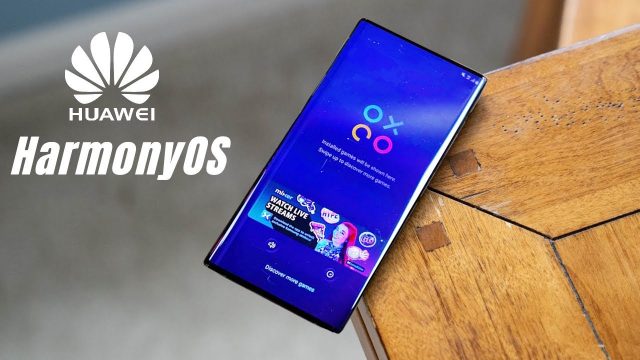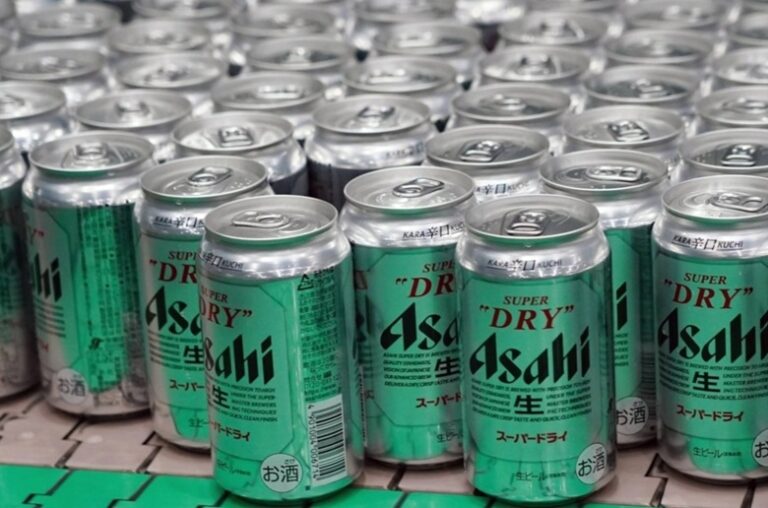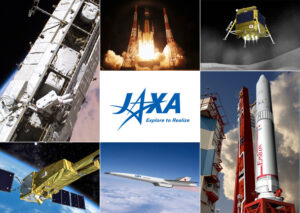In a strategic move to reduce dependency on Google’s Android ecosystem, major Chinese internet companies are aggressively recruiting app developers for projects centered around Huawei Technologies’ HarmonyOS mobile platform. This initiative comes as Huawei aims to broaden the adoption of its self-developed operating system, HarmonyOS, and navigate away from the constraints imposed by US sanctions.
E-commerce giant JD.com, video gaming powerhouse NetEase, and food delivery market leader Meituan are among the prominent tech firms actively seeking HarmonyOS app developers, according to job listings on popular career platforms Maimai and liepin.com. Meituan, based in Beijing, is actively hiring for various roles, including HarmonyOS infrastructure engineers, offering competitive monthly salaries ranging from 40,000 yuan to 60,000 yuan (US$5,492 to US$8,238) for developers with HarmonyOS experience.
JD.com and NetEase, on the other hand, are specifically targeting developers to create apps designed for Huawei’s smartphones, indicating a concerted effort to align their services with Huawei’s expanding ecosystem. This recruitment drive aligns with Huawei’s broader strategy, as outlined by company founder and CEO Ren Zhengfei, to establish HarmonyOS as a viable alternative ecosystem within mainland China and counter the repercussions of US sanctions.
The momentum behind HarmonyOS is evident, with more than 700 million devices currently operating on the platform and over 2.2 million third-party developers actively contributing to its app ecosystem, as shared by Richard Yu Chengdong, CEO of Huawei’s consumer business group, at the company’s annual developer conference in August.
Huawei’s ambitious plans for HarmonyOS Next, the next iteration of its mobile platform, involve phasing out support for Android-based apps on devices equipped with the new operating system. The company is set to launch a developer preview version of HarmonyOS Next in the first quarter of the coming year.
HarmonyOS debuted in August 2019 as Huawei’s response to being added to Washington’s Entity List three months prior, restricting its access to US-based technologies, including Google apps and services. While Google’s Android maintains a dominant 70% market share globally, Huawei’s confidence in its alternative ecosystem received a significant boost in late August when it unveiled the Mate 60 Pro smartphone – its first 5G handset since the Mate 40 series in October 2020. The successful launch and subsequent pre-sales of the Mate 60 Pro+ positioned Huawei as mainland China’s fastest-growing smartphone vendor in the third quarter, recording an impressive 37% year-on-year growth, according to a report by tech consultancy Counterpoint Research in October.
Huawei’s resilient approach to overcoming US sanctions, coupled with the support of Chinese netizens celebrating the company’s 5G advancements and locally developed chips, reinforces the narrative of a symbolic victory for China’s technology sector amidst challenging geopolitical circumstances. As HarmonyOS gains traction and more major Chinese tech players align with Huawei’s ecosystem, the landscape of mobile operating systems in China is poised for a significant shift.
(Source: Ben Jiang | SCMP)







